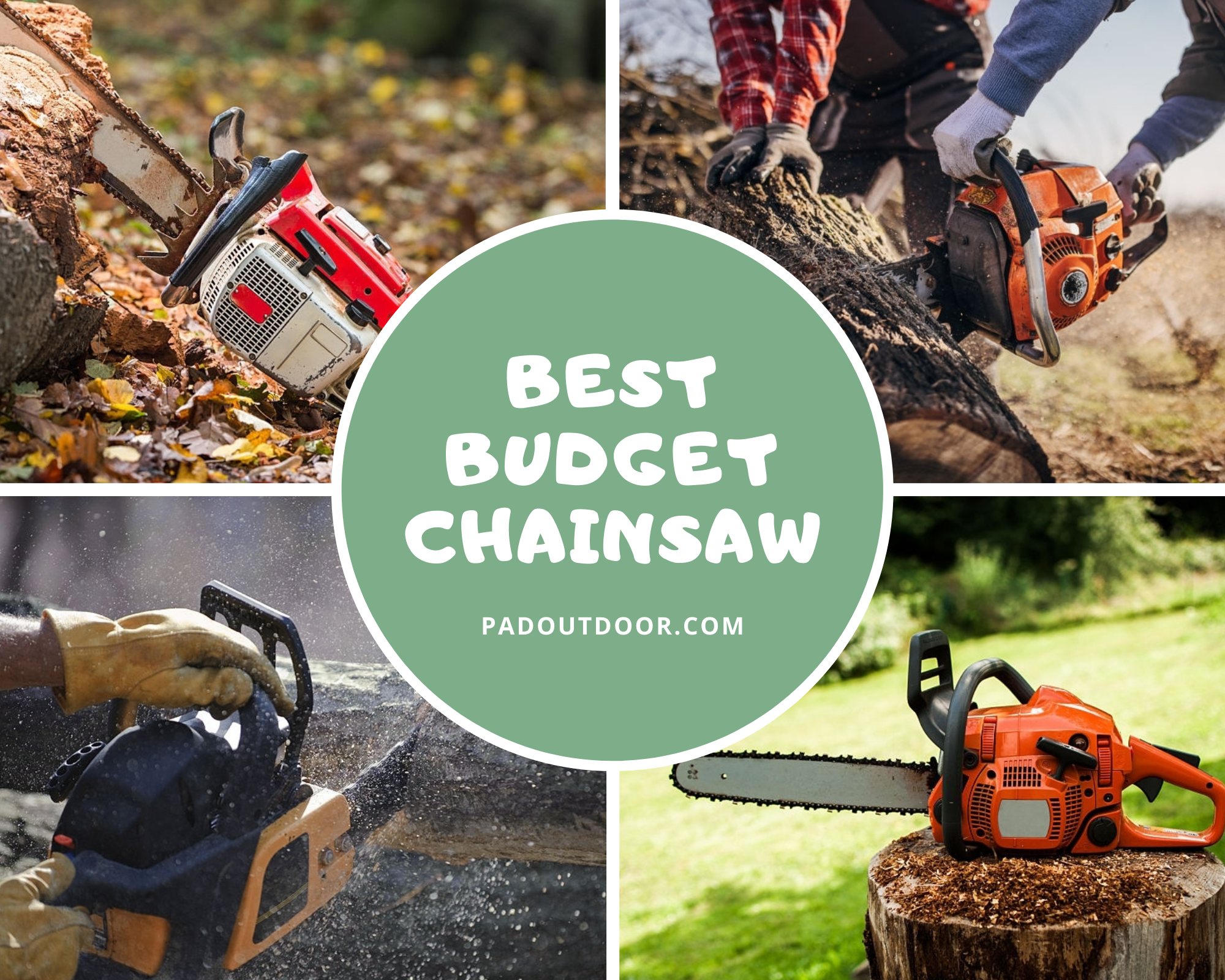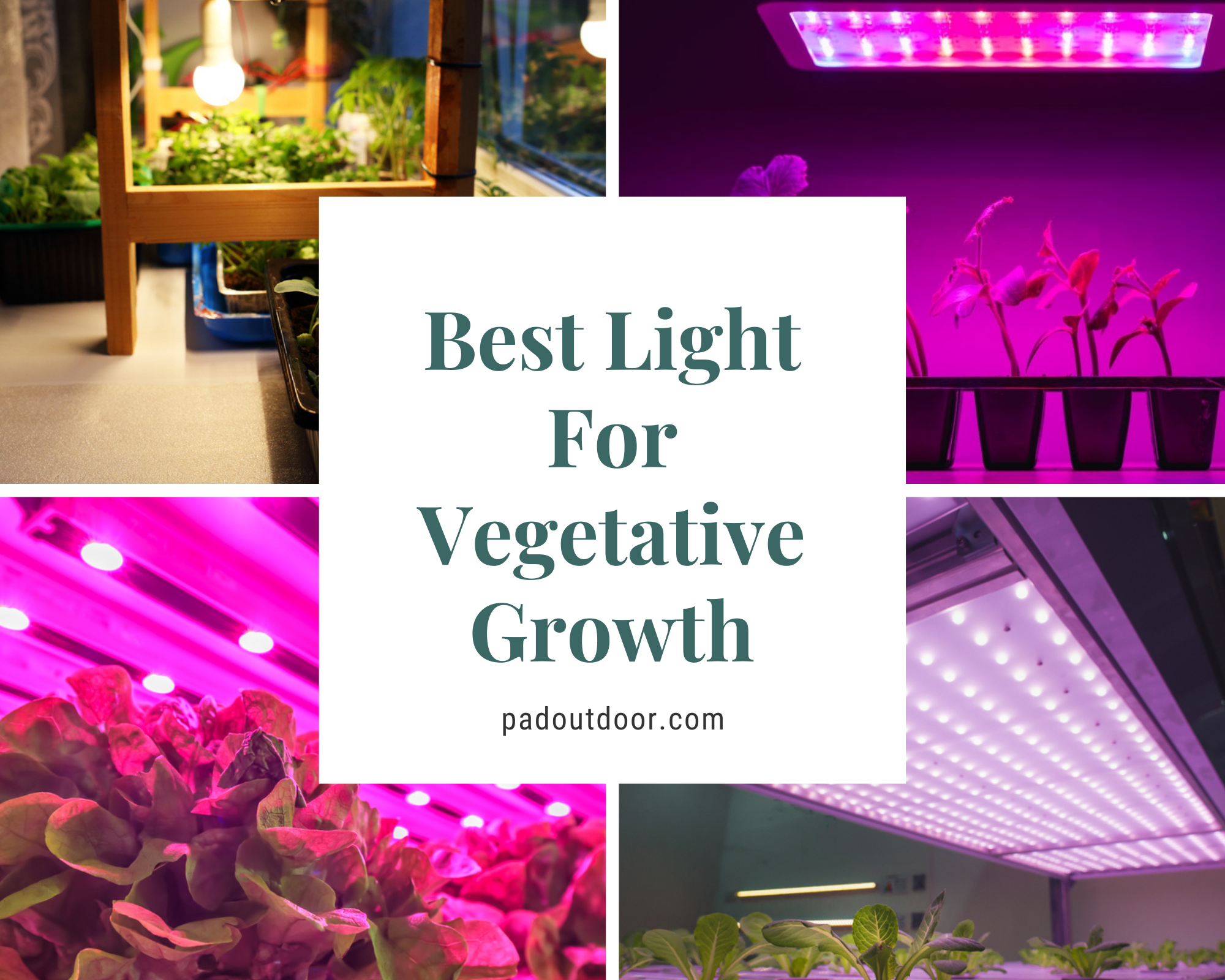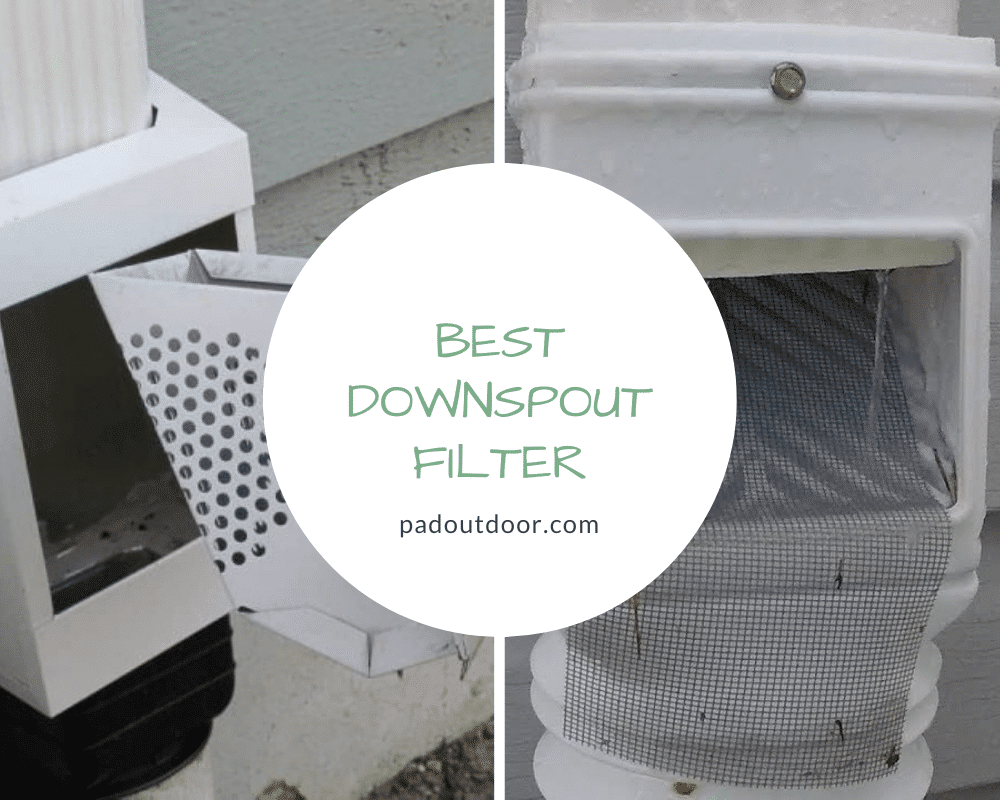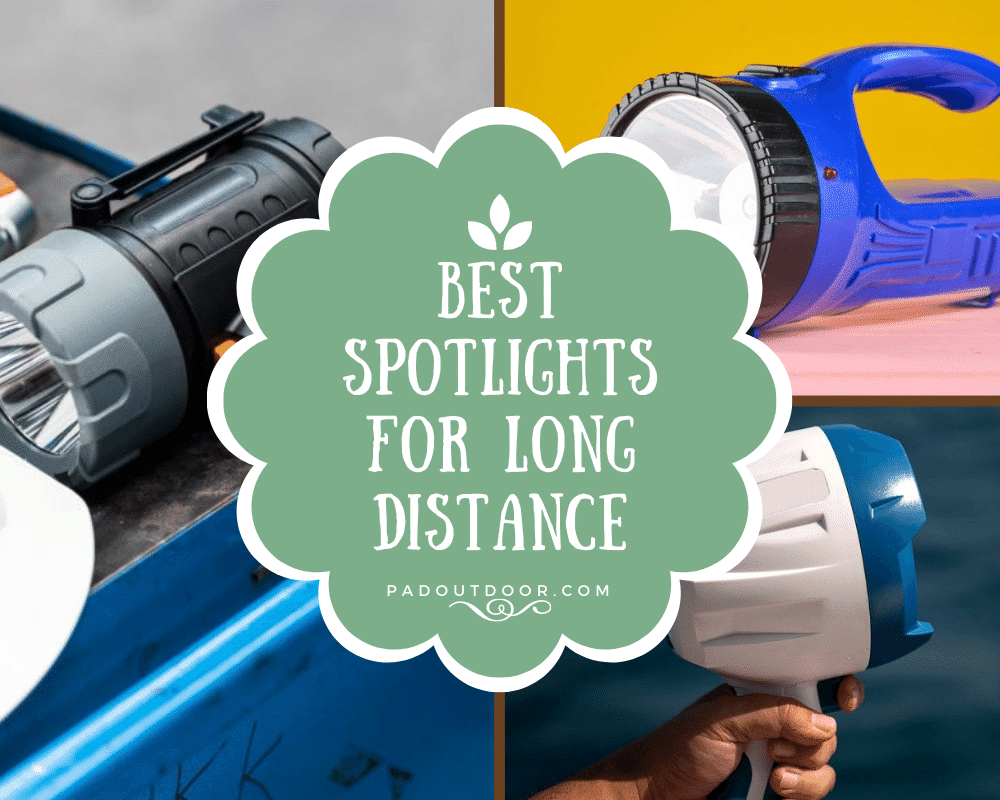Here are some signs to take note of so that you will know how to tell if bell peppers are bad. We’ve also got some storage tips! Read them now!

Are you a vegetable lover? Surely you know what bell peppers are, don’t you?
Bell peppers are a well-known vegetable that is a good source of Vitamin A, Vitamin C and has a lot of nutrients and minerals, including antioxidant properties.
Now, people are a bit confused when and how to tell if bell peppers are bad. So today, we will let you in a little secret. We will discuss the top signs of identifying bad bell peppers. In addition, we will also tackle whether there are differences between green, yellow, or red bell peppers.
Green Vs Yellow Vs Red Bell Peppers
Bell peppers are also favorite relish in various dishes because of its fresh taste and vibrant colors.
I was once curious if there is a difference between green, yellow, and red bell peppers. And after reading some reliable contents, I found out the truth:
In reality, green bell pepper is the unripe version of yellow or red bell pepper. Ripe bell pepper can either turn full red or yellow. In some variants, the yellow bell peppers are just unripe red peppers.
But is there a difference in taste?
Of course! Although the difference is more of a chemical-based rather than it being a genetic based. The ripe bell peppers taste sweeter, more delicious, and have more natural compounds.
Studies reveal that bell peppers undergo different stages and at each stage, they acquire certain chemical compound that affects their taste, appearance, and aroma.
Green bell peppers have a lot of chlorophyll contents, thus smell greener and fresher. The yellow bell peppers, on the other hand, means that the peppers start to accumulate lutein and beta-carotene. The red bell peppers simply mean they have more lutein and beta-carotene compounds, thus they tend to smell sweeter and a bit of a fruity note.
How To Tell If Bell Peppers Are Bad?
Here are some signs to know if your bell peppers are fresh and safe to consume:
1. Looks Shiny And Smooth
Fresh bell peppers look shiny and smooth, regardless of whether it is green, yellow, or red. The color is not much of an indication here since some red bell peppers may have some spots of darker color but they are still good to eat.
Some green bell peppers as well may have a hint of yellow or red color, but this does not mean they have gone bad.
The skin of a fresh pepper should be smooth and that some light reflects back, giving it a luminous and glossy look.
2. Firm And Tight To Touch
When touching the bell peppers, the fresh ones feel tight and firm to touch. The green bell peppers are firmer than the yellow and red ones, but all of them should not be misformed if you apply a bit of pressure.
To test, put the pepper in your palm and press a little bit. If you notice dents on the body, then most likely it has gone bad already.
3. Crunch And Tasty
Sometimes, the appearance and texture are not enough on how to tell if bad peppers are bad. In some cases, people have gone as far as using it in their cooking for them to know they’ve used a bad pepper.
How? Through its taste, of course.
Bell peppers are crunchy and tasty. They may taste a little bit bitter when unripe (green bell peppers), but the more they get ripened, the sweeter and richer they taste.
Overall, the bad bell peppers have wrinkles on them with a lot of black spots. They also tend to feel flimsy and chewy when eaten.
How To Store Bell Peppers Properly?
Fresh whole bell peppers usually last 2 to 3 weeks, but they are not stored properly, this could shorten their shelf life.
How do you store them to extend their shelf life?
The best way to store bell peppers for an extended period of time is to chop them and freeze them. Once they are cut, put them on a tray first and freeze the tray. This will prevent the cut bell peppers from forming into one large ball. After which put them in a ziplock and make sure they are sealed securely. Finally, you can put them inside the freezer.
Recommended Reading:







